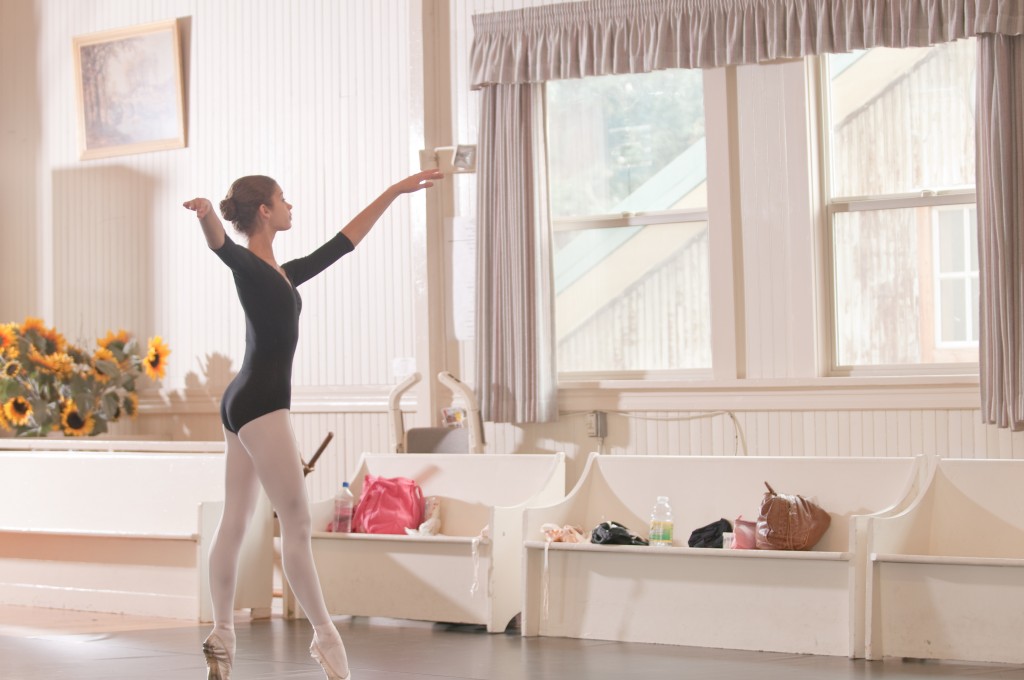 Did your child dance in her crib; does she love twirling to music; is he a natural performer? Maybe they fell in love with ballet when they saw their first Nutcracker at Christmas. Whatever draws your child to ballet, finding the right school will make all the difference to their experience and future as a dancer.
Did your child dance in her crib; does she love twirling to music; is he a natural performer? Maybe they fell in love with ballet when they saw their first Nutcracker at Christmas. Whatever draws your child to ballet, finding the right school will make all the difference to their experience and future as a dancer.
1) One of the first things you’re bound to notice before even visiting a great school is the quality of the dancers they’ve already trained. How many students have gone on to receive scholarships and positions at various professional programs and colleges? Have any of their students become professionals in competitive cities? A little research and a few questions go a long way.
2) Once you have a clear idea of what results can be expected, the next thing that will surely stand out are the standards that created those results. When visiting the studio, notice if there is a defined curriculum and the teachers work as a team in training students from level to level. Are there clearly written requirements such as being well groomed, neatly dressed, and displaying good studio etiquette. Sweatpants and other loose, concealing clothing should not be allowed. Not only do high standards produce accomplished dancers, but they also help train for success beyond ballet.
3) Now that you know what your child can gain from training at this studio, it’s time to take a look at the studio itself. Are the ceilings high enough and the spaces large enough to accommodate high lifts and large leaps? Students have a hard enough time overcoming their body’s natural limitations; no sense having their environment hold them back as well. Ensuring the floors are sprung and covered with a non-slip surface will also prevent injuries and increase confidence, especially for pointe work.
4) Finally, asking to observe a class is a great way to see a teacher in action first hand. Notice if the dancers look prepared and excited while waiting for class to start. Are students attentive while training, do they work hard, do they look happy afterwards? Does the teacher have young students trying the same fancy turns and leaps that you see older kids doing, or are they being taught to master the basic movements that will eventually lead them to master fancy tricks as well? Are “talented” dancers allowed to wear pointe shoes before the body has developed the required bone structure (age 12)? Good ballet training improves the body and self-esteem. Unfortunately, poor training leads to bad movement habits and long-term injuries that keep dancers from gaining acceptance into university programs or companies, and potentially from being able to dance at all as they grow older.
* An added note is to make sure your child’s potential school spends a majority of its time in the classroom. Placing emphasis on training is the only way to become well trained. Performing experience is valuable, and should be included in the curriculum, but too much time spent in rehearsal can be a distraction from building solid technique that enables a dancer to move from one level to the next. If normal class schedules are kept separated from rehearsals, this is a good sign that students’ futures are put ahead of the studio’s self-interests.
In the end, the studio you choose for your child can be an important decision to make. Good ballet training rewards both the aspiring professional who dreams of taking bows on the world’s largest stages as well as the ardent amateurs who are thrilled to connect with their body in ways most can only imagine! Take time to make the right choice and when they come out of their first class with beaming eyes, perhaps feeling a little intimidated but excited, it will be well worth it.

 Holt Ballet Conservatory
Holt Ballet Conservatory
 Holt Ballet Conservatory offers outstanding classical ballet training for youths through adults by following a comprehensive syllabus endorsed by American Ballet Theatre's national curriculum, the Vaganova training method, and the California State Framework for the arts.
Holt Ballet Conservatory offers outstanding classical ballet training for youths through adults by following a comprehensive syllabus endorsed by American Ballet Theatre's national curriculum, the Vaganova training method, and the California State Framework for the arts.